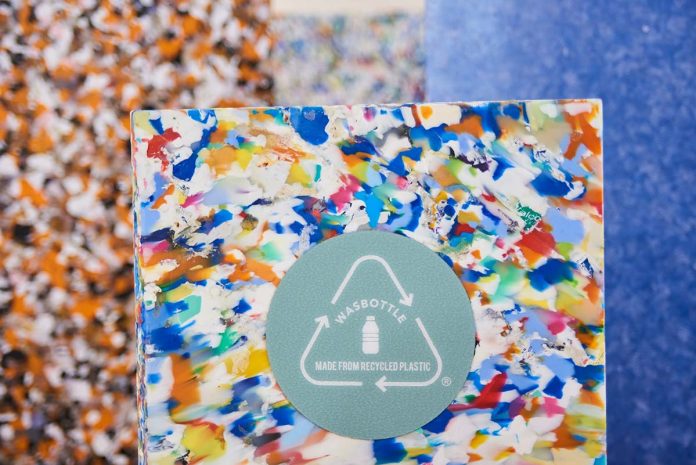Recovery, reuse, recycling: these three R-words have become a golden rule for ecology, based on the so-called circular economy. Nothing is created, nothing destroyed, and everything is transformed: for the good of the planet, and of human beings.
In these times of veritable climate revolution – under discussion right now in Egypt, at COP27, the United Nations Conference on climate change – architect, construction and design are called upon to do their part. Housing, construction materials, but also furniture and useful objects: all these things contain plastics that end up in the environment, so recovery has become essential to reduce refuse and waste. A virtuous system that also generates economic advantages.
“To transform this use of plastic into a more circular method, we have to start with design. It is hard to recycle a piece of furniture that was not designed from the outset for disassembly, and it is hard to repair things if there are no available spare parts,” says Rosemarie Wuite of Searious Business, a Dutch company that since 2016 has helped companies to redesign their products in keeping with more sustainable and profitable standards.
All over the world, designers and architects are now required to implement greener strategies, without giving up on profits. The following is an overview of the most recent and innovative eco-ideas for design.
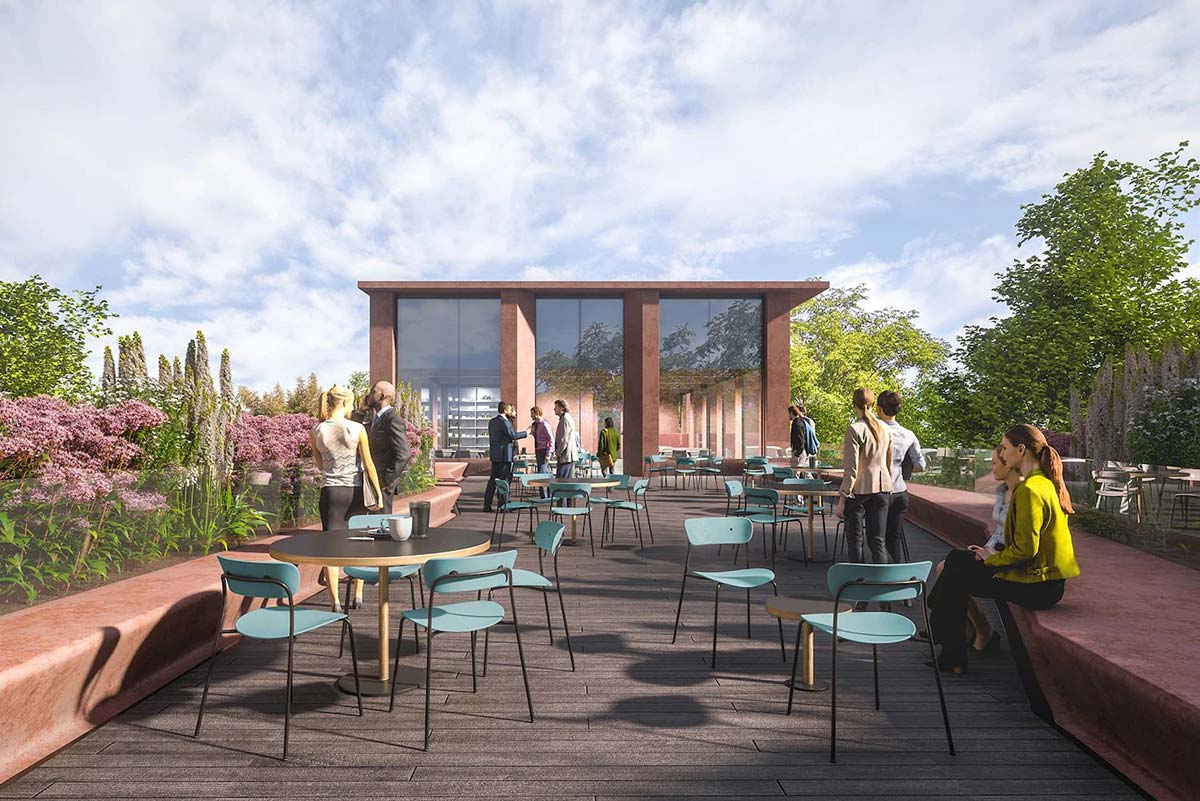
OPEN 336, Parkassociati
A new office building on Viale Sarca in Milan, which becomes a true ‘urban lung’: the particular feature of the construction is that it captures and stores much of the CO2 present in the atmosphere, releasing clean air rich in oxygen. All thanks to the Eco2Air technology developed by Fervo Group, which filters absorbed air and sends it into the interiors, extracting and holding the CO2 by means of an organic and biodegradable material. In twenty years, this filter can absorb over 24,000 kilos of CO2, reutilized for cultivation of plants or the making of sparkling beverages.
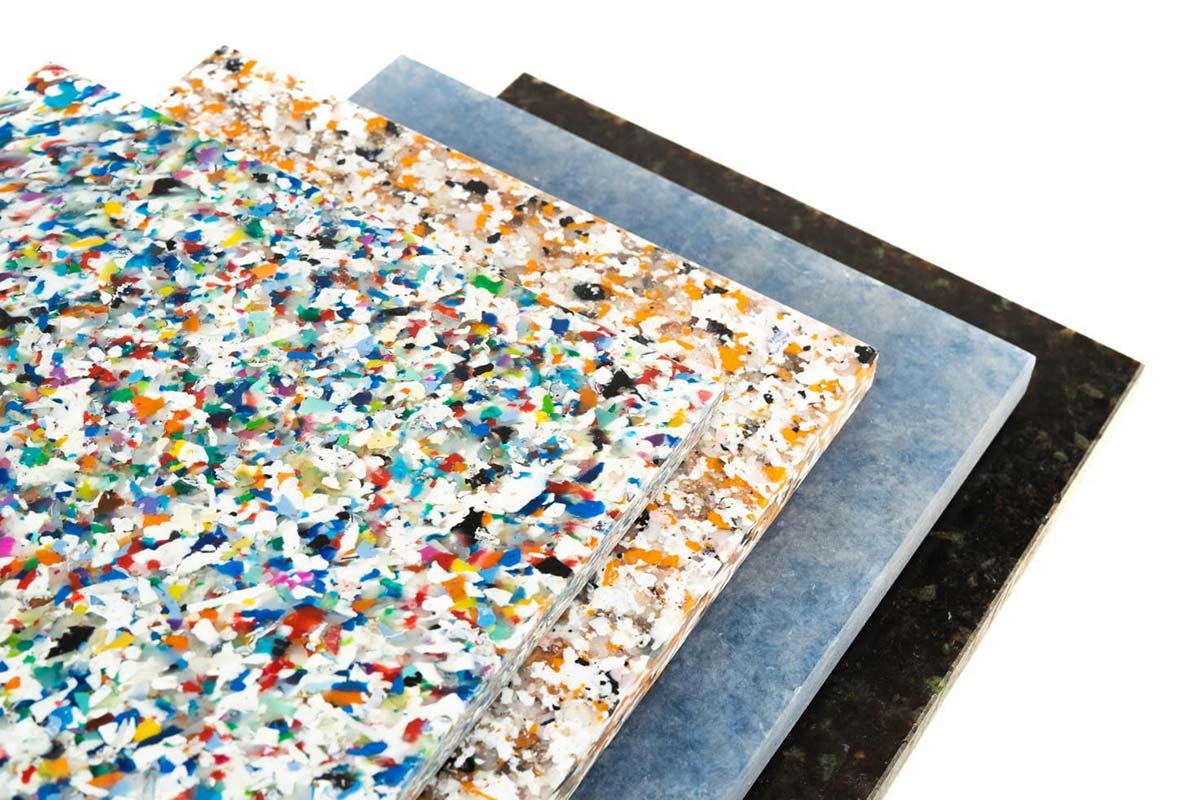
WASBOTTLE, Bencore
A very compact and workable material that stands up to chemicals and impact. Thanks to these characteristics, it can be used in the production of furnishings like tables, shelves, tops, dividers and matte coverings. It comes from flakes of recycled and recyclable plastic. The project has been implemented this year in collaboration with Autogrill, a company that has made its plastic waste available for processing.
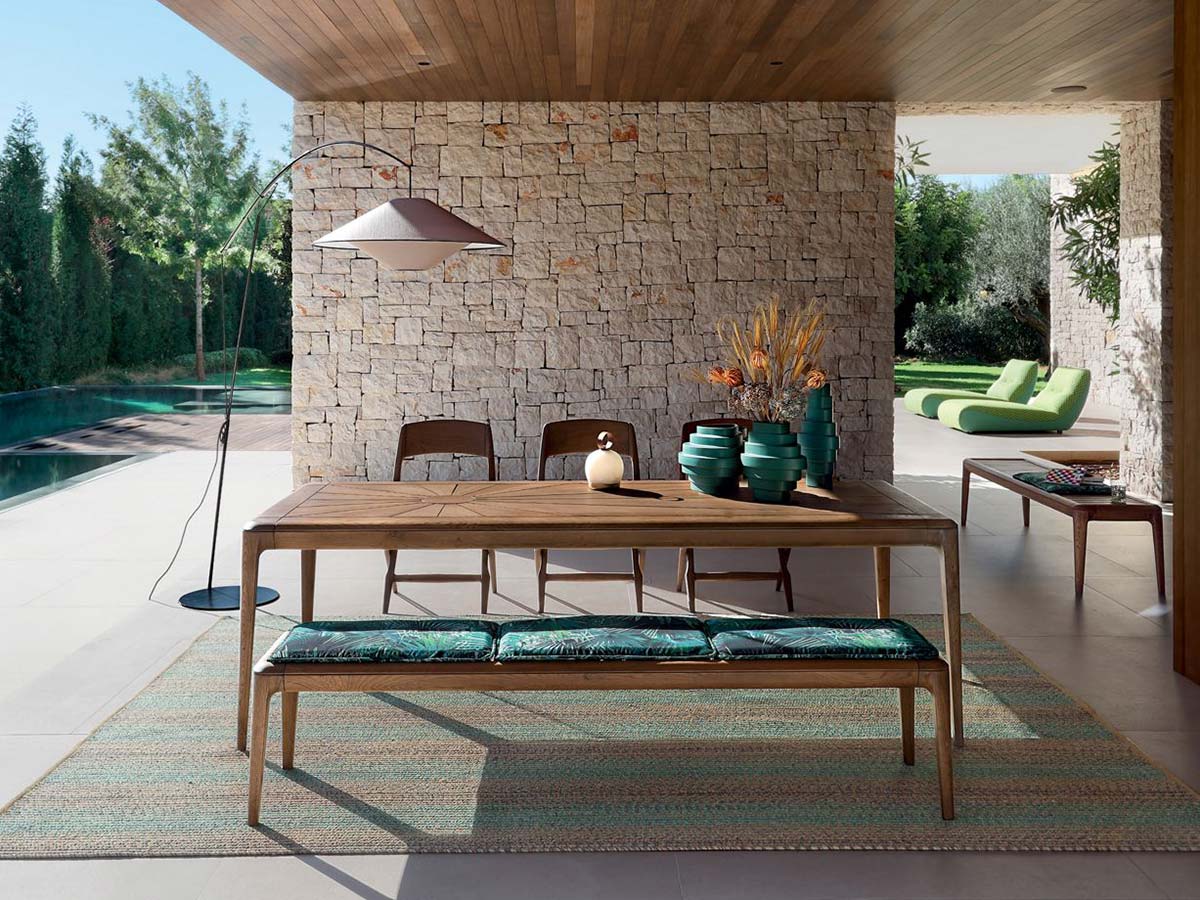
AUREA, Roche Bobois
The new Aurea outdoor collection designed by Sacha Lakic is made entirely from wooden boards salvaged from decommissioned rail cars. These boards in ultra-strong solid oak come from the flatbeds of old wagons utilized for the transport of various kinds of goods (water and beer bottles, but also materials for track maintenance). During their 50 years of history, it is estimated that they covered the distance from the earth to the moon six times, enduring sun, rain and wind, naturally curing the wood. Possible marks, knots or cracks are filled with a black resin that makes each plank unique.

MATHERA, Saib
This surface of the new generation, the result of a process of continuous innovation and research conducted by SAIB in relation to design and sustainability, is formed by a panel produced with wood at the end of its life cycle, on which a thin layer of wood, stone and quartz powders is applied, mixed with resinous binders, for high resistance to impact and scratching. Mathera comes in three textures: Gipso, soft and silky to the touch, like plaster; Selce, inspired by the image of hewn stone, with the typical ripples of slate; and Areia, which is more uniform and compact.
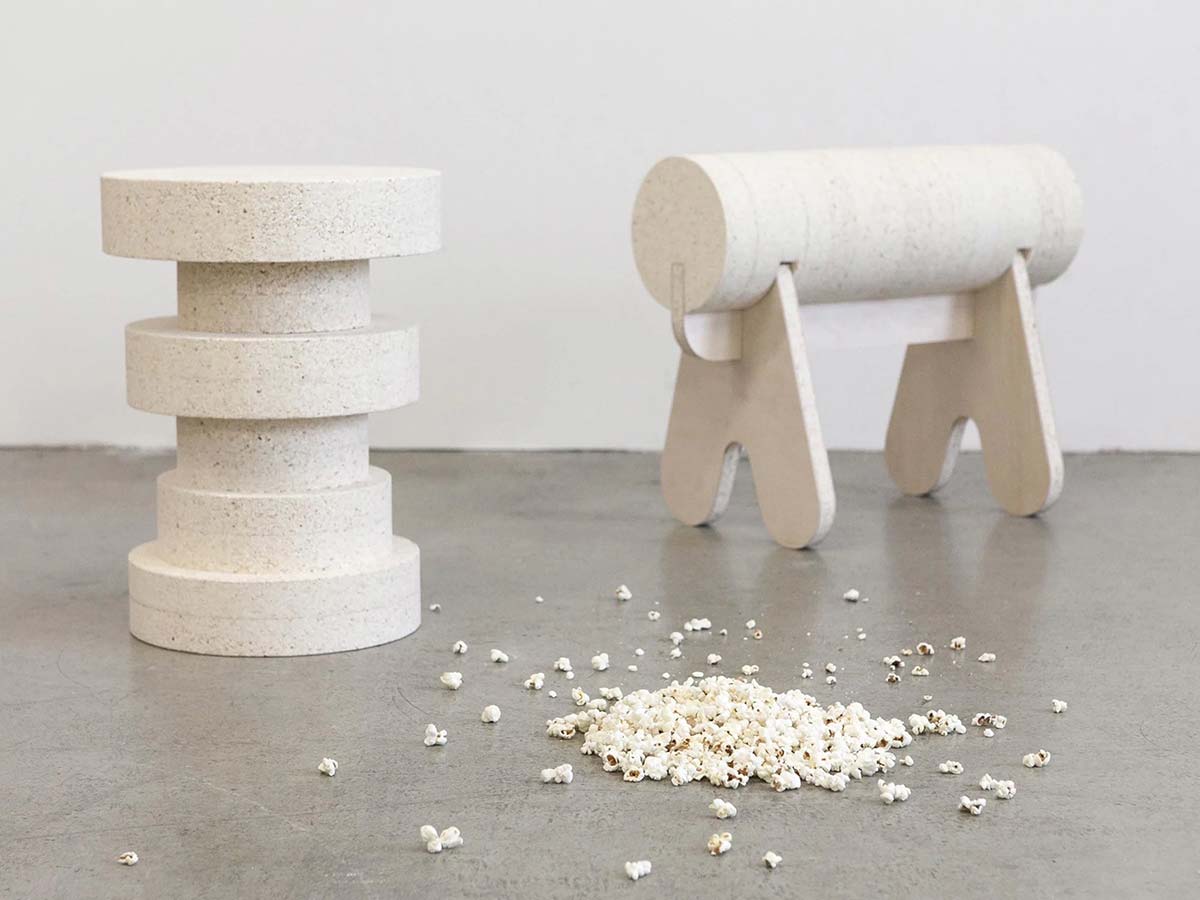
ABOCORN, Università di Göttingen (Germania)
Munching on popcorn at the movies, could you have imagined that those kernels could be transformed into packing material? The insight came from the professor Alireza Kharazipour, the head of the research group on chemistry and engineering of composite materials at the Department of Forestry Sciences of the University of Göttingen. Thanks to his lengthy experience in the field of renewable energies and raw materials, Kharazipour has managed to develop a material made with popcorn kernels that can completely replace polystyrene, including expanded foam materials. The granules offer a 100% organic and ecological alternative to polystyrene-based products now used in industry, packing, soundproofing, doors and cushions.
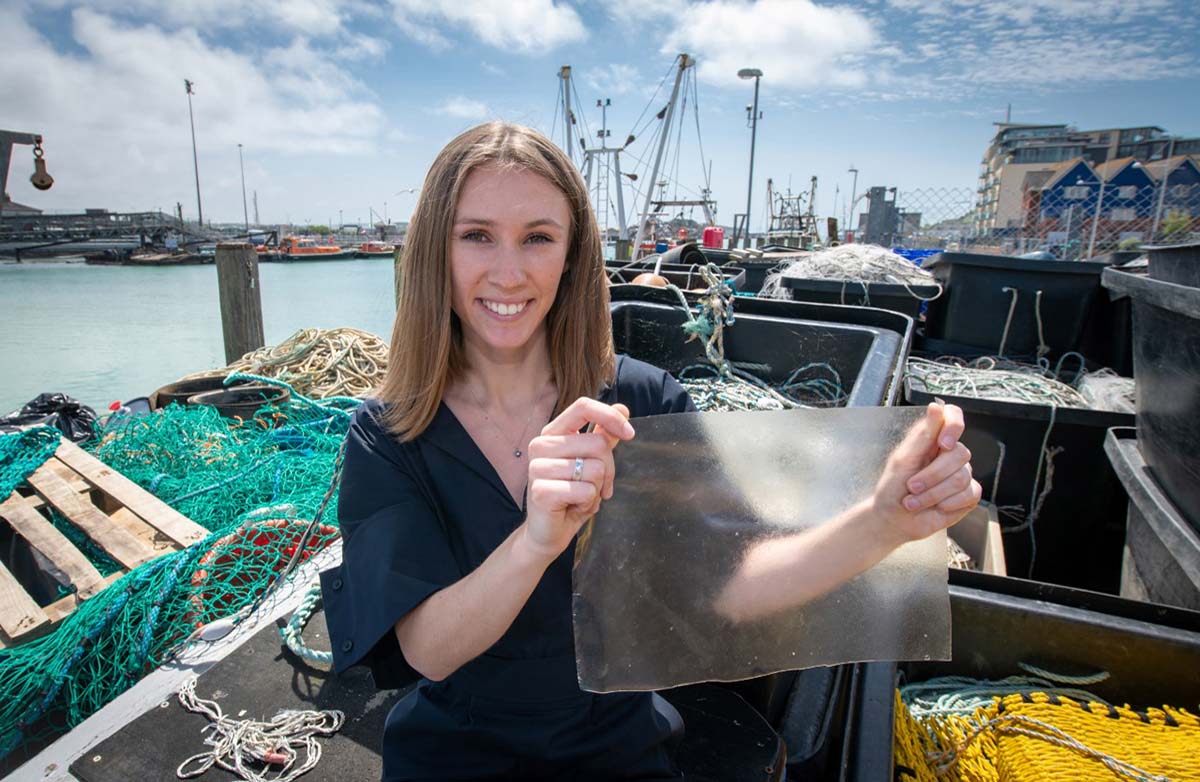
MARINATEX, Lucy Hughes
A plastic that is stronger than polyethylene, but entirely biodegradable, made from red seaweed and fish waste. It’s an extraordinary invention of Lucy Hughes, an English designer, aged 26, who when she was still a student at the University of Sussex dove right into research on a material that could replace plastic: “When I read that in 2050 there will be more plastic than fish in the oceans, it became my priority to solve this problem,” she says. Her invention is a strong, translucent and flexible bioplastic, which can replace single-use packing and can be discarded with food rubbish, creating a perfectly circular system. From the skin of a single cod it is possible to obtain as many as 1400 bags of MarinaTex. Hughes remarks: “I believe designers have a fundamental role to play in shaping the world of the future.” And we certainly agree.

